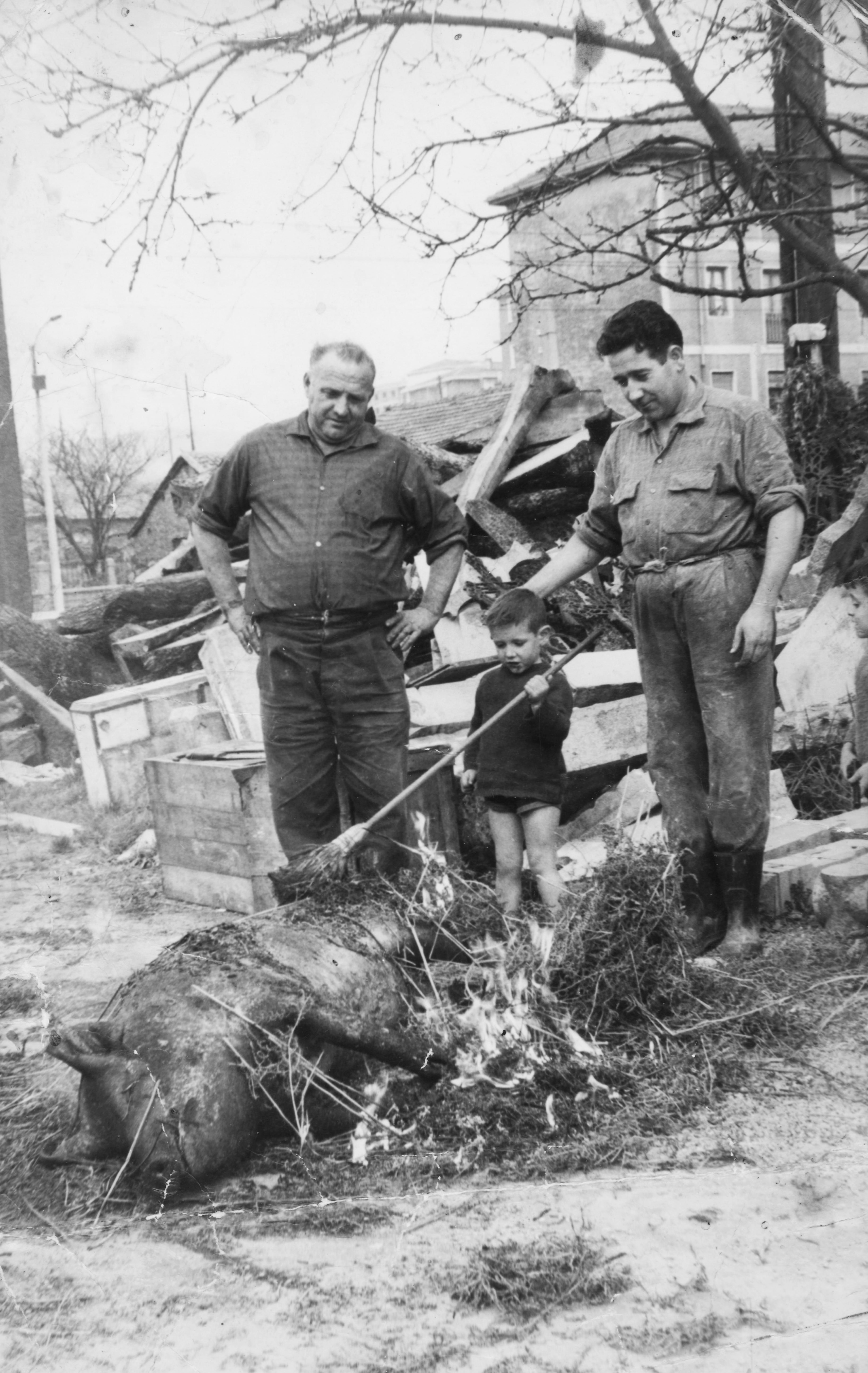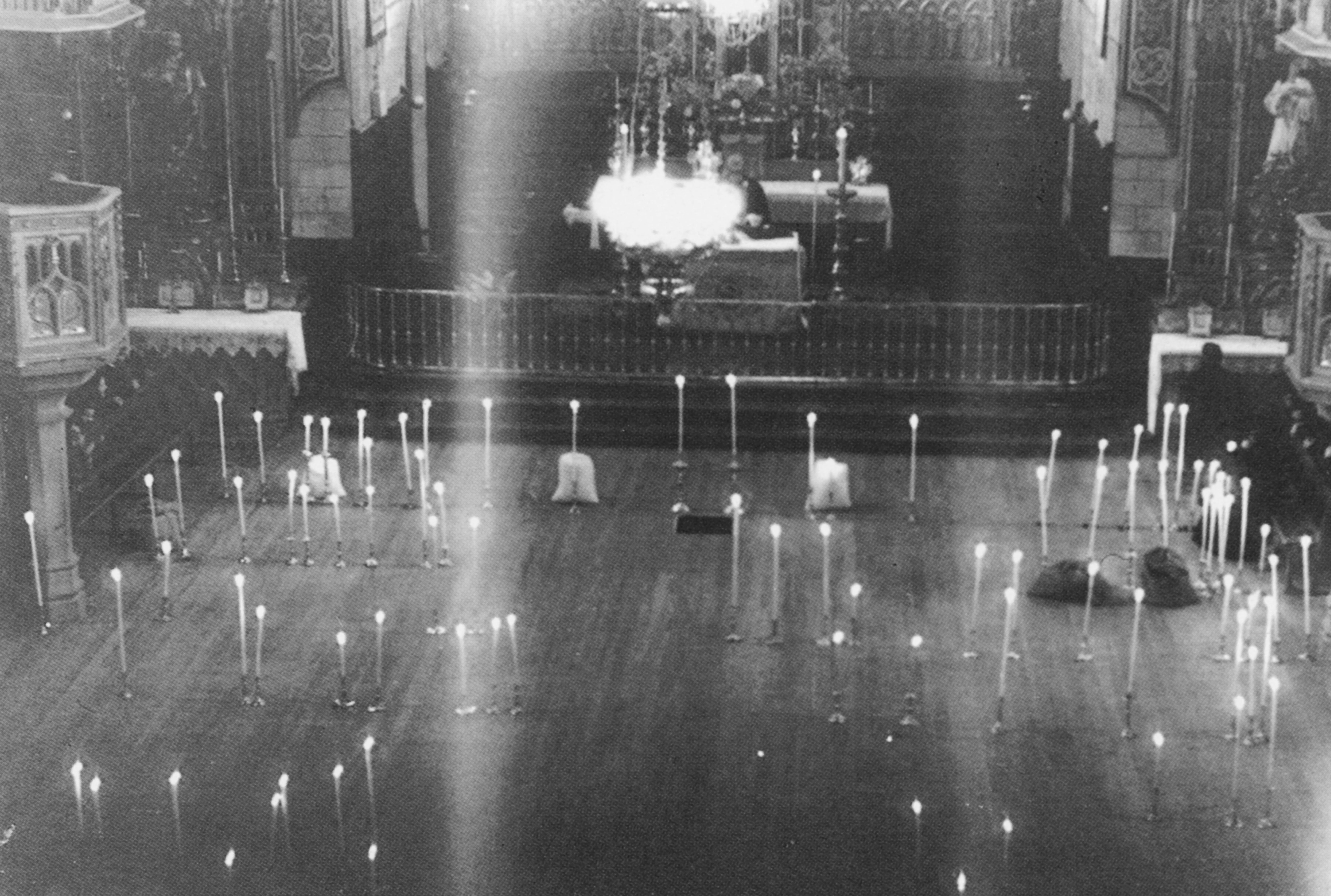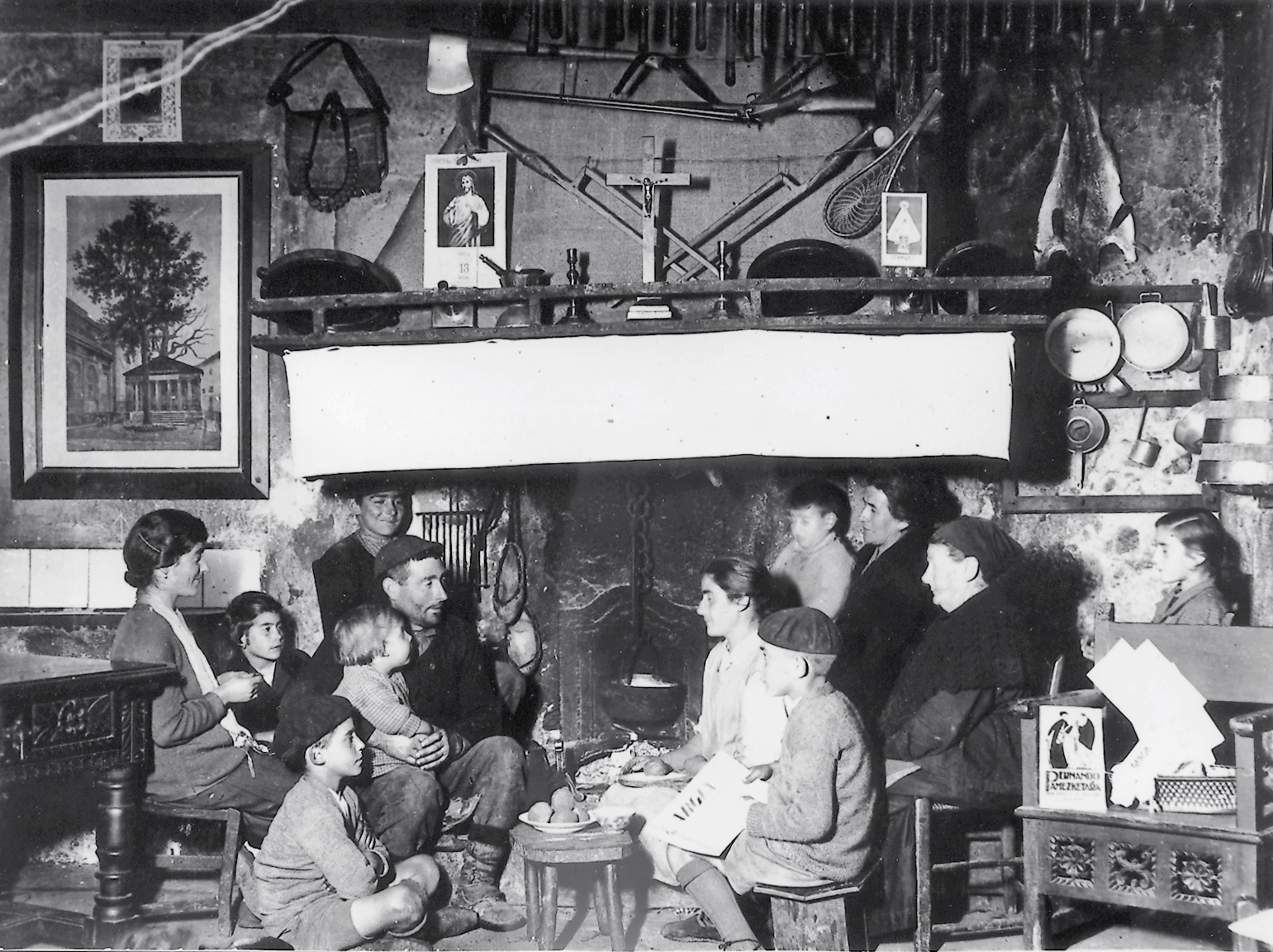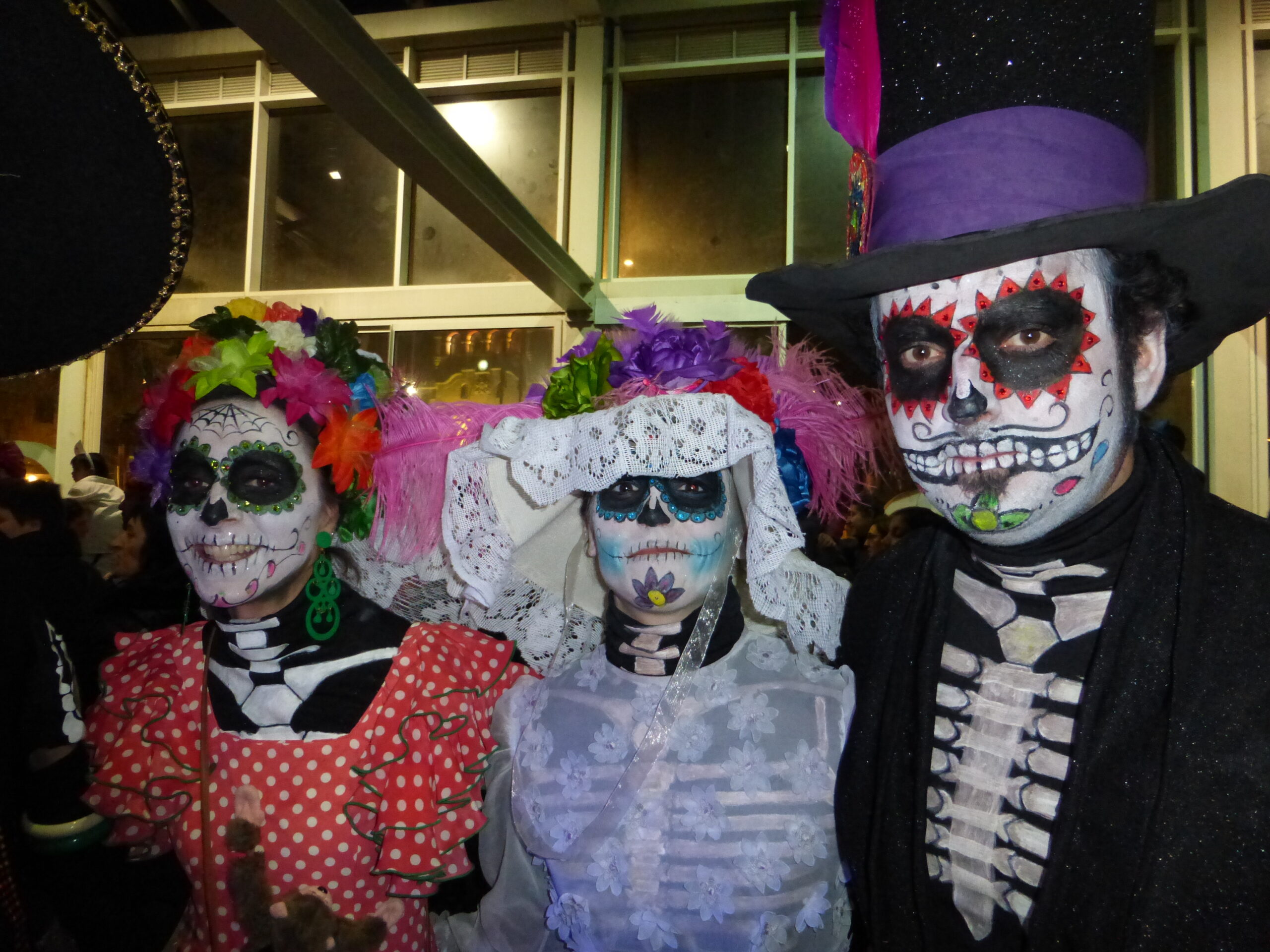Basque ethnography at a glance

Pig slaughtering in the neighbourhood of Santimami in Zamudio (Bizkaia), 1968. Courtesy of Agurtzane Aurre.
Following the World Health Organization’s last report, consumption of red meat and processed meat seems to be the issue on everyone’s lips (not to mention the controversial home slaughter of livestock regulations). Just the perfect time to call to mind the importance of domestic-animal killing in our farmhouses until not so long ago! Pig slaughter was surely the most popular of them all, but lambs and sheep, goats, rabbits and fowls… were also customarily bred and raised to be eaten. The fresh meat of cows, calves and other cattle was reserved for wedding receptions or other extraordinary family celebrations. (more…)

Offerings on All Souls’ Day in Obanos (Nafarroa), 1972. José Ibáñez. Taken from Funeral Rites in the Basque Country.
There is a spiritual bond between the living and the dead in Christian tradition. Both belong to a single community: the former in the current world and the latter in the world to come. That is why our dead would be remembered at family mealtimes, such as Christmas Eve dinner, when saying grace and in diary prayers. A frequently used formula would be Por los que han salido de esta casa, which translates as ‘Let us remember the departed members of this household’. (more…)
In recent years the practice of dressing up in costumes on the eve of the feast of All Hallows’ Day has gained popularity amongst us. Numerous horror film screenings and paranormal television programmes are shown on and around Halloween night. But none of this is new. Typical contemporary Halloween festive activities are thought to have been influenced by deeply rooted folk customs and beliefs found in many cultures throughout the world, and certainly in Basque culture, the difference being that modern terminology associated to the poltergeist phenomenon would not be used in the past. (more…)

Picture from Aguirre Photographic Archive included in House and Family in the Basque Country.
When we talk about ethnography and oral transmission, it is almost inevitable to visualise an old-time family gathered around a fireplace and grandparents relating stories or folktales to an attentive child audience.
Time goes by, and the precious fire is stored within a heavy cast iron frame called kitchen stove, or simply stove, but the transmission process remains unchanged. Rural culture is gradually replaced by a predominantly urban society, the fireplace rapidly recedes in importance within the house, and the living room takes hold as a space in its own right. There we find our family, reduced in members now and totally absorbed by moving pictures, as fascinating as the fireplace flames of olden times, coming from a television set, the new storyteller. (more…)


